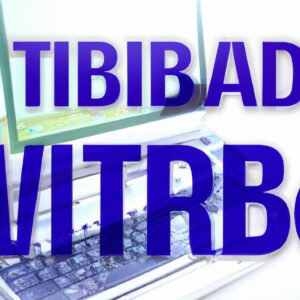**”Harnessing Local Resources: Building a Community Fitness Space Utilizing Parks, Schools, and Other Public Venues”**
# Harnessing Local Resources: Building a Community Fitness Space Utilizing Parks, Schools, and Other Public Venues
In an age where health and wellness are more important than ever, communities are looking for innovative ways to promote fitness without breaking the bank. One effective strategy is to harness local resources by building community fitness spaces using existing assets such as parks, schools, and other public venues. This approach not only encourages physical activity but also fosters community engagement and social cohesion. In this blog post, we will explore how to create these spaces, the nutritional and exercise advice to accompany them, and the myriad health benefits they offer.
## Identifying Community Resources
### Parks as Fitness Venues
Parks are often underutilized spaces that can serve as excellent venues for fitness activities. They can host outdoor workout classes, walking trails, and even obstacle courses designed for all age groups. By organizing community events such as “Park Fitness Days,” local residents can come together to enjoy the resources available in their neighborhoods.
### Schools as Community Centers
Schools typically have gymnasiums, sports fields, and multipurpose rooms that can be used after hours or during weekends. By collaborating with local school districts, communities can create fitness programs that utilize these facilities, offering classes ranging from yoga to martial arts. Moreover, this collaboration can instill a sense of ownership among students and their families, promoting a healthier lifestyle.
### Other Public Venues
Community centers, libraries, and even churches can also serve as fitness spaces. These venues can host workshops on nutrition or fitness, and they can serve as meeting points for group exercises. By leveraging these resources, communities can create a network of support that encourages healthy living.
## Nutrition Tips
A well-rounded fitness program is incomplete without a focus on nutrition. Here are some essential nutrition tips to complement your community fitness space:
1. **Eat Local and Seasonal**: Encourage community members to consume locally grown fruits and vegetables. This not only supports local farmers but also ensures that food is fresher and more nutrient-dense.
2. **Hydration is Key**: Promote the importance of staying hydrated, especially during physical activities. Community events can include hydration stations with water and electrolyte-rich beverages.
3. **Balanced Meals**: Educate community members on the importance of balanced meals containing proteins, healthy fats, and whole grains. Workshops can demonstrate easy, nutritious recipes that can be prepared at home.
4. **Mindful Eating**: Encourage residents to practice mindful eating by paying attention to hunger cues and choosing whole foods over processed options. This can be incorporated into community discussions or events.
## Exercise Advice
Creating an inclusive and diverse exercise program is crucial for attracting various community members. Here are some exercise strategies to consider:
1. **Group Classes**: Offer a variety of group fitness classes catering to different age groups and fitness levels. Options can include Zumba, Pilates, or boot camp-style workouts.
2. **Walking and Running Clubs**: Establish walking and running clubs to foster camaraderie while promoting cardiovascular health. These clubs can encourage individuals of all fitness levels to participate.
3. **Family Fitness Days**: Organize family-oriented fitness events featuring games and activities designed for all ages. This can help instill healthy habits in children while providing a fun family bonding experience.
4. **Accessible Fitness Equipment**: If possible, invest in outdoor fitness equipment that is accessible to all community members. This can include pull-up bars, balance beams, and even simple stretching stations.
## Health Benefits
Building a community fitness space can yield numerous health benefits, including:
– **Improved Physical Health**: Regular physical activity reduces the risk of chronic diseases such as obesity, diabetes, and heart disease. By providing accessible fitness options, communities can improve overall health outcomes.
– **Enhanced Mental Well-Being**: Exercise has been shown to lower anxiety and depression levels. A community fitness space can offer a supportive environment where individuals can connect and relieve stress through physical activity.
– **Social Cohesion**: A shared fitness space fosters community spirit and encourages social interactions. People who work out together often form friendships, creating a sense of belonging that is essential for mental health.
– **Increased Accessibility**: Utilizing local resources ensures that fitness opportunities are available to everyone, regardless of socioeconomic status. This inclusivity can lead to a healthier community overall.
## Conclusion
Harnessing local resources to build community fitness spaces is an innovative approach to promoting health and wellness. By utilizing parks, schools, and other public venues, communities can create inclusive environments that encourage physical activity and foster social connections. Coupled with nutrition education and exercise advice, these initiatives can lead to significant improvements in community health. Ultimately, investing in local resources for fitness not only benefits individual health but also strengthens the fabric of the community as a whole.















Post Comment